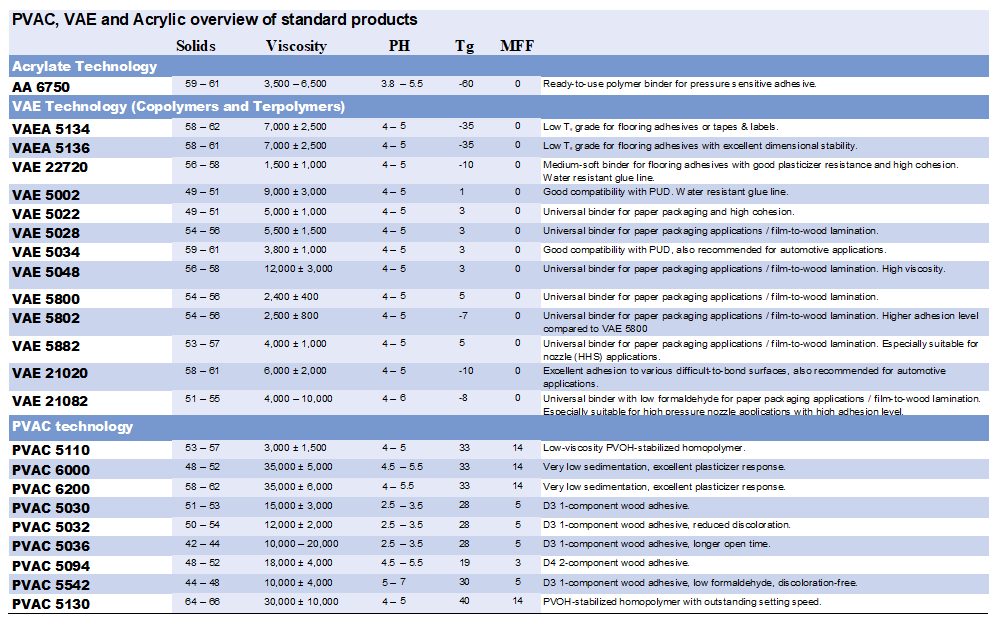Both vinyl acetate ethylene (VAE) and polyurethane (PU) are synthetic polymers, and the sustainability of each depends on various factors such as the production process and the end-of-life disposal options.
VAE is a copolymer made from ethylene and vinyl acetate, both of which are derived from fossil fuels. However, VAE can be made from bio-based feedstocks such as corn starch which makes it more sustainable than the traditional fossil fuel-based VAE.
PU is a synthetic polymer that is typically made from petrochemical feedstocks, which are not renewable resources. However, PU can be made from renewable resources such as soybeans, which makes it more sustainable than traditional PU. Additionally, PU can be recycled and it’s durable, which means it has a longer lifespan which makes it more sustainable as well.
It is also important to consider the end-of-life options of the product, such as recycling or composting. Biodegradable and compostable polymers may be considered more sustainable than those that cannot be easily recycled or composted.
In conclusion, there is no clear winner in terms of sustainability between VAE and PU, as it depends on the specific production process and end-of-life options. It’s important to consider the entire lifecycle of the product, from the raw materials used to produce it, to the way it’s used and disposed of.
Need special VAE?
Nevertheless, Intercol is a VAE specialist, we have access to all VAE resources, including the sustainable, biobased VAE. Furthermore we have the technology to add other biobased binders, such as starch, sugars and cellulose. VAE has ver low VOC and is in basic non-toxic.

